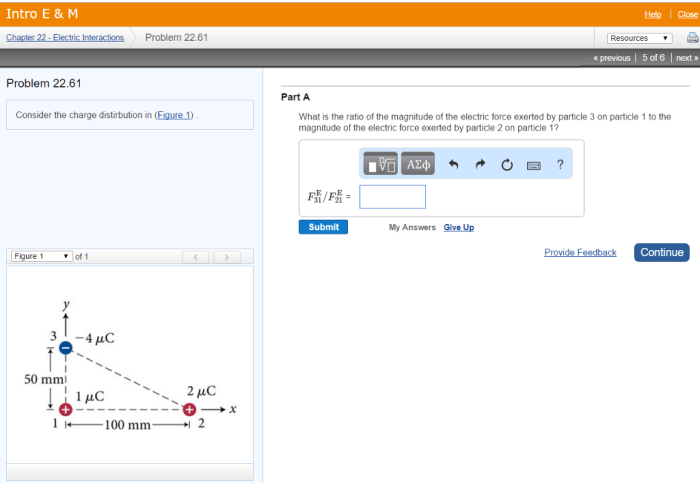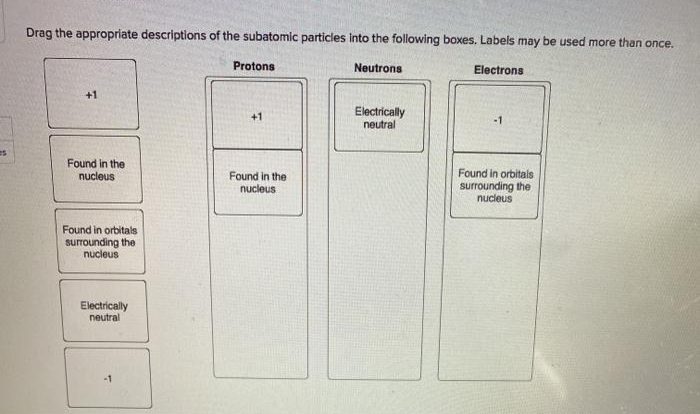The Particulate Electrical Forces Unit Test delves into the captivating realm of electrical forces acting upon particulate matter. This comprehensive assessment gauges students’ understanding of the nature, types, and applications of these forces, equipping them with a solid foundation in this crucial area of physics.
Throughout the test, students will encounter a diverse range of questions that probe their knowledge of particulate electrical forces. From identifying and explaining the mechanisms behind different force types to discussing their practical applications in various fields, the test provides a thorough evaluation of students’ grasp of this fundamental concept.
Define Particulate Electrical Forces

Particulate electrical forces are forces that act between electrically charged particles. These forces can be either attractive or repulsive, depending on the charges of the particles involved. Particulate electrical forces are responsible for a wide range of phenomena, including the formation of dust particles, the adhesion of particles to surfaces, and the movement of particles in electric fields.
The nature and properties of particulate electrical forces are determined by the following factors:
- The magnitude of the charges on the particles
- The distance between the particles
- The presence of other charged particles in the vicinity
Particulate electrical forces can be classified into two main types:
- Coulomb forces
- Dielectric forces
Coulomb forces are electrostatic forces that act between two charged particles. The force between two charged particles is directly proportional to the product of the charges on the particles and inversely proportional to the square of the distance between the particles.
Dielectric forces are electrostatic forces that act between two charged particles in the presence of a dielectric material. The force between two charged particles in a dielectric material is less than the force between the same two particles in a vacuum.
Particulate electrical forces have a wide range of applications in various fields, including:
- The manufacture of electronic devices
- The development of new materials
- The study of biological systems
- The understanding of environmental processes
Measuring Particulate Electrical Forces, Particulate electrical forces unit test
There are a number of methods that can be used to measure particulate electrical forces. These methods include:
- The electrostatic force microscope (EFM)
- The atomic force microscope (AFM)
- The scanning Kelvin probe (SKP)
The EFM is a type of scanning probe microscope that can be used to measure the electrostatic force between a sharp tip and a sample surface. The AFM is a type of scanning probe microscope that can be used to measure the force between a sharp tip and a sample surface.
The SKP is a type of scanning probe microscope that can be used to measure the surface potential of a sample.
The principles of the EFM, AFM, and SKP are based on the following:
- The EFM measures the electrostatic force between a sharp tip and a sample surface. The force is measured by detecting the deflection of the tip.
- The AFM measures the force between a sharp tip and a sample surface. The force is measured by detecting the deflection of the tip.
- The SKP measures the surface potential of a sample by measuring the contact potential difference between a sharp tip and the sample surface.
The EFM, AFM, and SKP are powerful tools for measuring particulate electrical forces. These methods can be used to study the electrical properties of materials and to understand the role of electrical forces in various physical and biological processes.
FAQ Compilation: Particulate Electrical Forces Unit Test
What are particulate electrical forces?
Particulate electrical forces are electrostatic forces that act between charged particles.
What are the different types of particulate electrical forces?
The two main types of particulate electrical forces are Coulombic forces and Van der Waals forces.
What are some applications of particulate electrical forces?
Particulate electrical forces have a wide range of applications, including in electrostatic precipitators, laser printers, and xerography.



